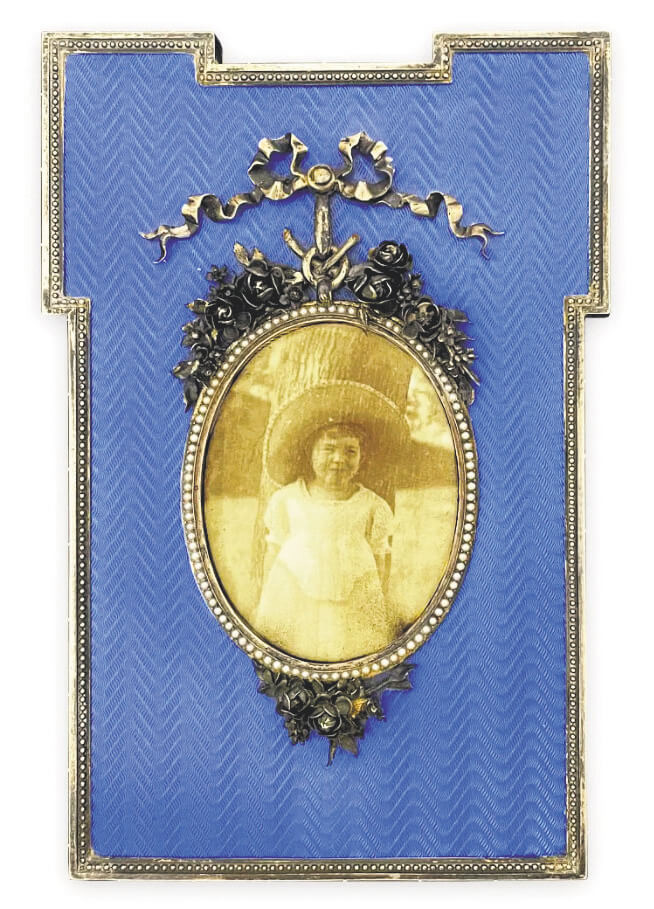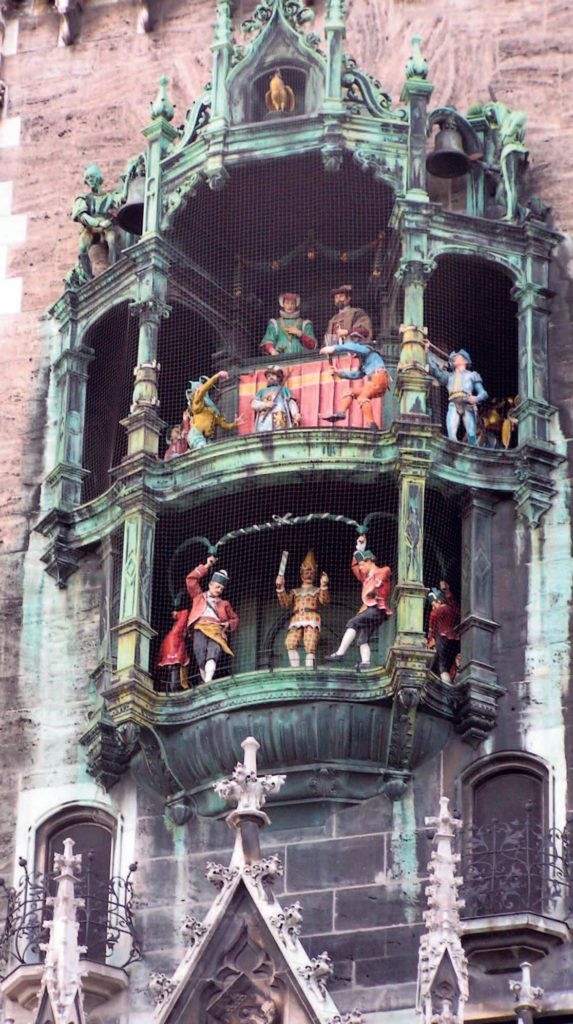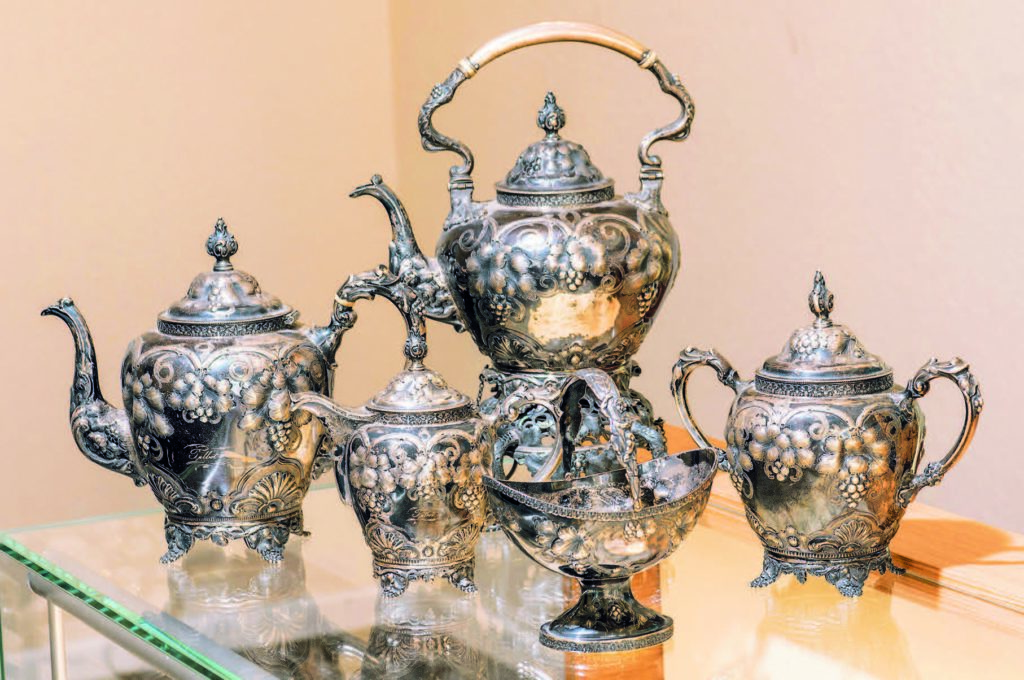As I wrote a couple of years ago, there are few things more confusing in the world of antiques than samurai swords. Some say they are noble, some say they represent terror — and both opinions are correct. Almost a millennium ago, the Japanese started making swords and became experts in techniques of sharpening fine steel. I decided to write about this again when an unusual sword came to us. Rust is good on a sword. The color and texture of the rust helps date the sword and for this reason collectors do not want the rust removed. But in this case, the rust obscured a key letter (kanji) that muddies the actual translation.
I reached out to a couple of scholars — one in Japan and one in the U.K. — who argued about the signature. One said it says “Yoshizane, who was likely a first generation Ei (1394-1428), Bungo — “Ryokai Yoshizane,” Tsukushi Ryokai school, according to tradition the son of the second generation Yoshisada. We’ve seen blades from the Meitoku (1390-1394) to the Ei era, and this smith also worked in Buzen, and some traditions say that he even worked in Yamashiro, Kyoto.

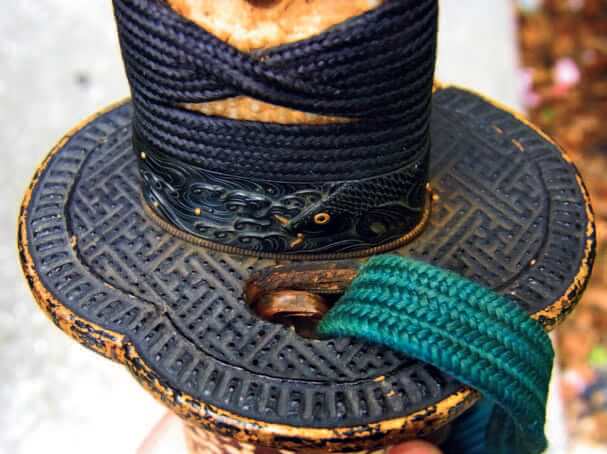
The other scholar said that because a stroke was perhaps hidden by the rust, it was simply crafted by an unknown smith — of the Chikushi Ryokai school in the Muromachi era. Most Samurai swords are worth $200 to $600 to dealers, but this one was a problem. First of all, it is very old: 14th century, and the signature under the handle is obscured. Plus, the condition of the blade is terrible. It is okay for the handle to be rusted, but when the blade is rusted, chipped and broken, it (usually) renders the sword unsellable. However, the age of this short sword compelled us to buy it for $1,000, with a promise to the seller to send them more if we are able to do better.
The Scholars Weigh In
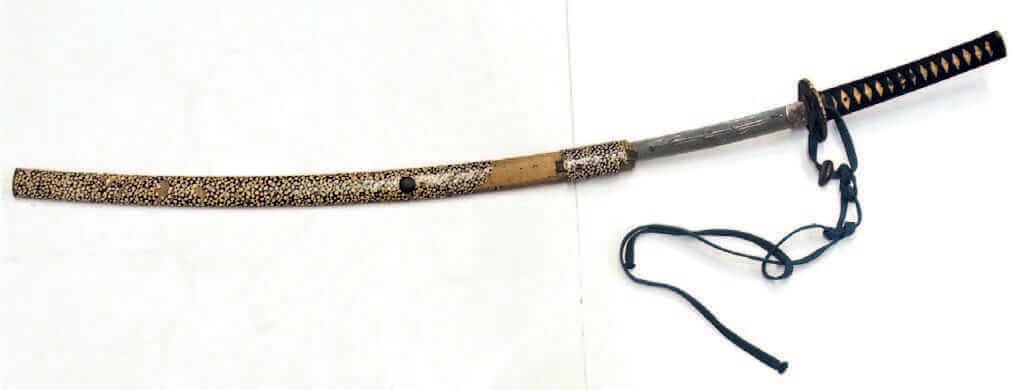
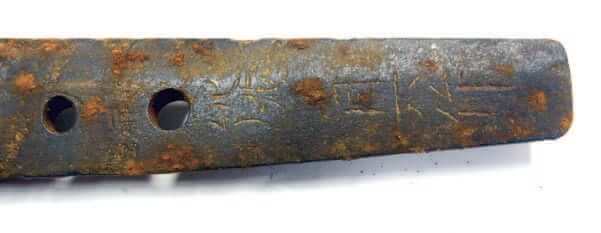
This is where the power of auction comes in. We will now sell this at auction, alerting everyone on my wife’s list of former samurai, military and Japanese art collectors and let them fight it out. The value will be set by the worldwide community. So, what is the value of this almost medieval tool crafted as what my wife, Katrina, calls the “thermonuclear device of its period”? Liquidation value was around the speculative $1,000 we paid. Fair market value will be the amount paid at auction. Retail value may not exist on this one — unless it is bought by an Asian merchant and resold. Most probably, it will go into a collection.
This is an archival article formerly written and is for informational purposes only. The valuations in this article have likely changed since it was first written.

